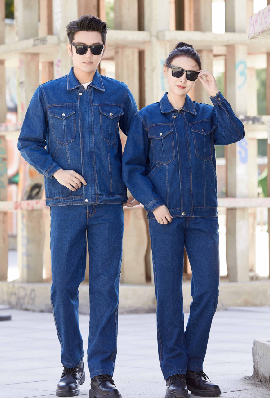- Afrikaans
- Albanian
- Arabic
- Armenian
- Basque
- Belarusian
- Bengali
- Bulgarian
- Croatian
- Czech
- Danish
- Dutch
- English
- Esperanto
- Finnish
- French
- German
- Greek
- Hebrew
- Hindi
- Indonesian
- irish
- Italian
- Japanese
- Javanese
- kazakh
- Rwandese
- Korean
- Kyrgyz
- Latin
- Latvian
- Luxembourgish
- Malay
- Myanmar
- Nepali
- Persian
- Polish
- Portuguese
- Romanian
- Russian
- Serbian
- Slovak
- Spanish
- Swedish
- Tagalog
- Tajik
- Turkish
- Ukrainian
- Uzbek
- Vietnamese
Aug . 14, 2024 11:05 Back to list
Exploring the Essential Elements of Culinary Uniforms for Aspiring Chefs and Food Enthusiasts
The Evolution and Importance of Culinary Attire
Culinary attire, often referred to as chef uniforms, has a rich history and serves a variety of essential functions in the kitchen environment. As we explore its evolution and significance, we will uncover why this specific attire is integral to the culinary world.
Historical Background
The modern culinary uniform can be traced back to the 19th century when French chef Georges Auguste Escoffier revolutionized the kitchen. He recognized the need for chefs to present a professional image, leading to the standardized attire we know today. Traditionally, a chef's uniform consists of a white jacket, apron, checkered pants, and a chef hat (toque). The choice of white was not merely aesthetic; it symbolized cleanliness and professionalism, qualities highly cherished in culinary practices.
Components of Culinary Attire
1. Chef's Jacket The double-breasted jacket, made from thick cotton or a blend of materials, serves multiple purposes. Its design allows chefs to reverse the jacket, providing a clean look even after spills. The long sleeves protect against heat and splatters, while the breathable fabric helps manage the heat generated in a busy kitchen.
2. Apron The apron protects the chef's clothes and provides a practical way to carry essential tools. Many chefs use aprons with pockets to store utensils, thermometers, and other indispensable items within arm's reach.
3. Pants Checkered or striped pants are not just a fashion statement—they help hide stains and are generally made from breathable materials to ensure comfort during long hours of cooking.
4. Toque (Chef Hat) Traditionally, the height of a chef's hat is said to represent their level of expertise, with the tallest hats worn by the most experienced chefs. The toque helps to keep hair away from food and absorbs sweat, which is particularly important in hot kitchen conditions.
culinary attire

Functional Benefits
The culinary attire is designed with functionality in mind. The materials used are often heat-resistant and breathable, enabling chefs to work efficiently without the discomfort of overheating. The uniform also allows for freedom of movement, which is crucial given the dynamic nature of a kitchen environment where quick actions can mean the difference between a perfectly executed dish and a culinary disaster.
Moreover, safety is a vital concern in any kitchen. The insulated fabrics of culinary jackets provide protection against burns and hot splashes, while non-slip footwear is commonly worn to prevent accidents.
Professionalism and Team Identity
Culinary attire also plays a significant role in defining the culture and environment of a kitchen. It creates a professional image, ensuring that chefs are easily identifiable. More than just clothing, the uniform fosters a sense of pride and belonging in a team, enhancing collaboration and spirit among kitchen staff.
In fine dining establishments, the adherence to a strict dress code reflects the overall concept and quality of the restaurant. The visual appeal of well-coordinated uniforms can also enhance the dining experience, leaving a lasting impression on guests.
Conclusion
In summary, culinary attire is an integral aspect of the culinary profession, marrying tradition with functionality and professionalism. From its historical roots to its modern-day application, the chef uniform embodies the artistry and discipline of cooking. As the culinary world continues to evolve, so too will the attire, but its foundational purpose—to promote cleanliness, safety, and a sense of teamwork—will remain unchanged. Whether in a bustling restaurant or a home kitchen, the significance of culinary attire is paramount, representing both the pride of the chef and the quality of the cuisine they create.
-
Work Reflective Vest: A Silent Guardian of Security
NewsJul.10,2025
-
Vest Reflective Safety: A Safety Lighthouse in Low Light and High Traffic Environments
NewsJul.10,2025
-
Soft Cotton Polo Shirts: A Fashionable and Practical Choice for Multiple Scenarios
NewsJul.10,2025
-
Soft Cotton Polo Shirts: A Fashionable and Practical Choice for Multiple Fields
NewsJul.10,2025
-
Reflective Vest: The Light of Industry and Outdoor Safety Protection
NewsJul.10,2025
-
Polo Shirt: A versatile and fashionable item that can be worn in one outfit
NewsJul.10,2025




